Officials Launch Investigation Into Dead Fish Found in Drinking Water Reservoir in CA
The vast majority of California’s 33 million-person population gets their drinking water from the state’s 1,300 reservoirs. So it’s safe to say the health of these reservoirs is absolutely vital to the Golden State.
One of these important reservoirs, called Canyon Lake in Southern California, provides at least 10% of the domestic water supply for local residents. However, as large numbers of fish have recently been found dead on the surface, officials are worried that the water may be contaminated.
The Canyon Lake Reservoir
Sometimes called Railroad Canyon Reservoir, Canyon Lake is beautifully picturesque. It covers nearly 525 acres, where local residents and visitors can swim, fish, kayak, and enjoy a sunny California day on the water.
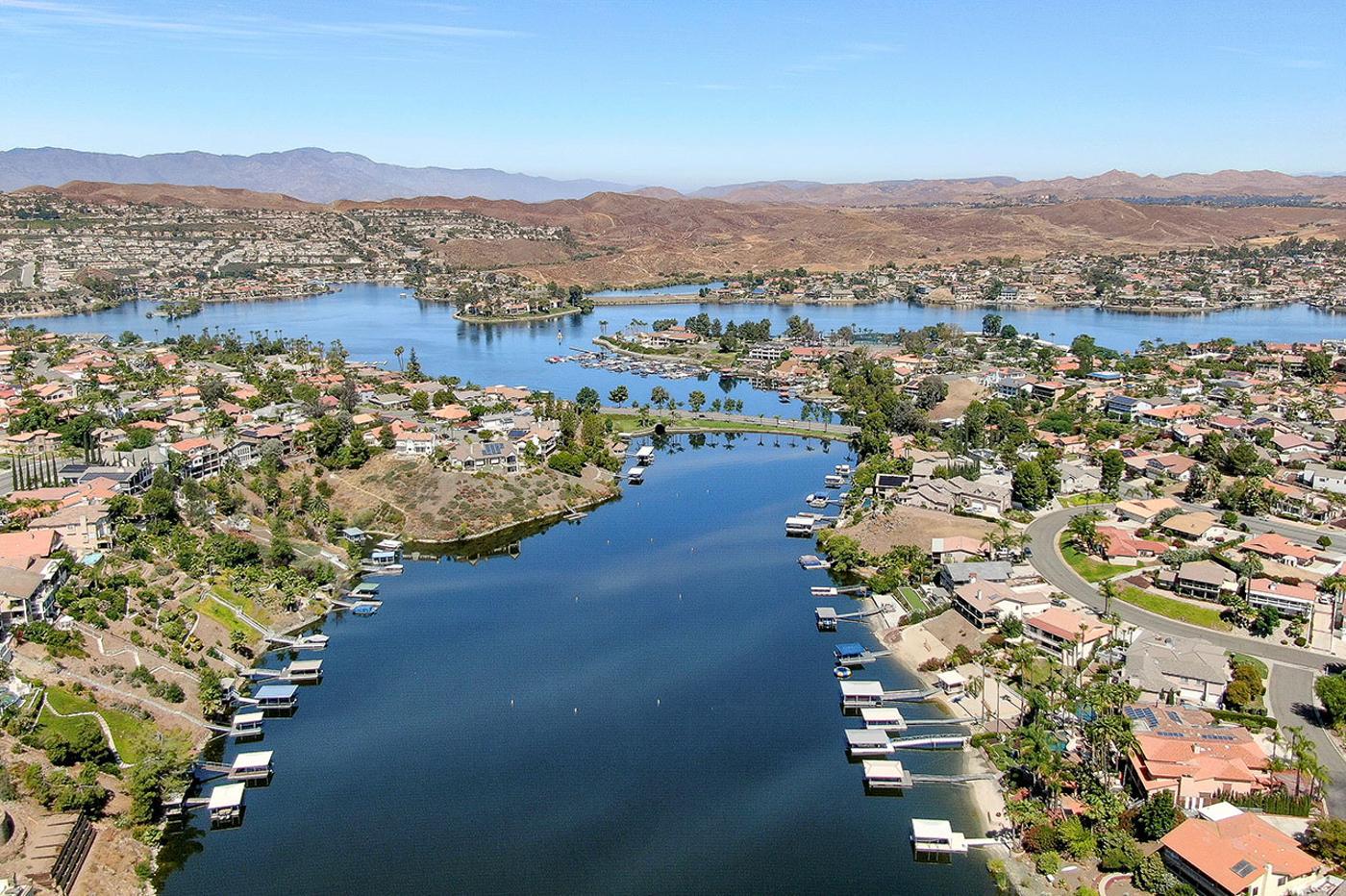
Source: CanyonLakesocal.com
But Canyon Lake has a job, too; it supplies at least 10% of the domestic water used by local residents, so local officials work tirelessly to ensure the water is always safe to drink.
LESJWA Has Launched an Investigation at Canyon Lake
These officials, members of the Lake Elsinore & San Jacinto Watersheds Authority (LESJWA), recently found several dead fish floating at Canyon Lake and immediately launched an investigation to find out why.

Source: @LESJWA/Facebook
A statement from the LESJWA explained, “When dead fish are found floating on the surface of water or washed up on the shore… [it] is one of the first visible signs of environmental stress.”
Why Are the Fish Dying at Canyon Lake?
According to the LESJWA, “Fish kills are caused by naturally occurring conditions including algae, weather, low lake levels and abundance of carp/shad.”
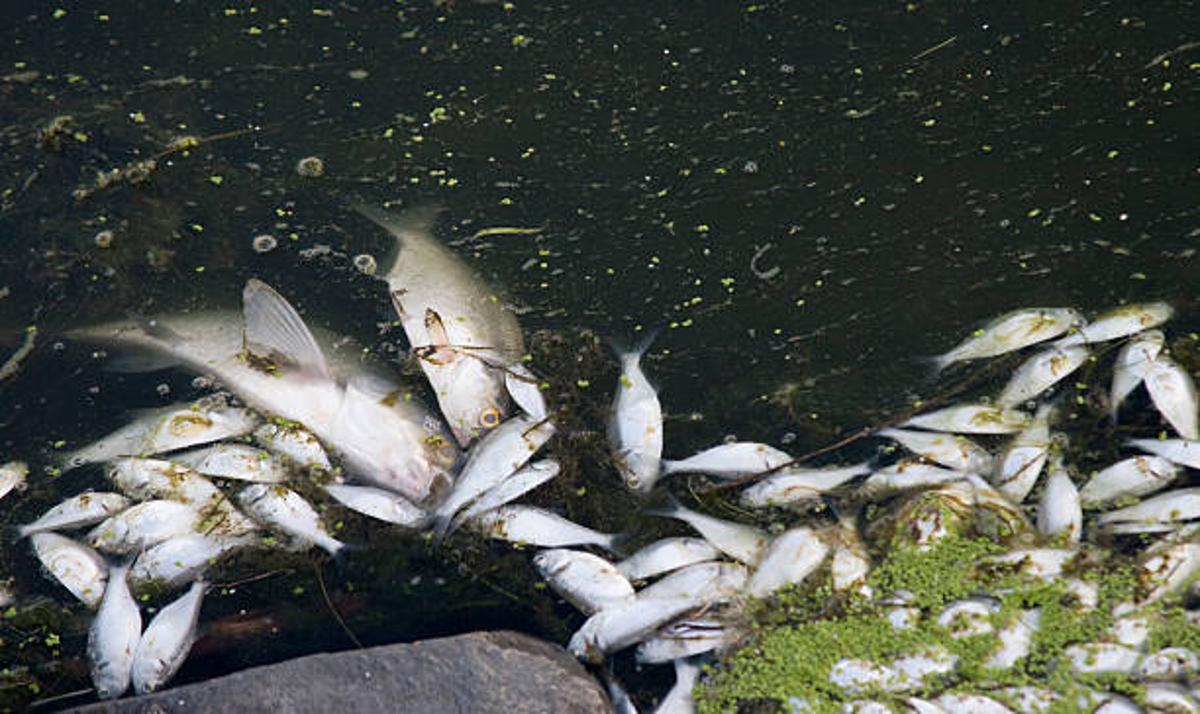
Source: iStock
However, they noted that “The most common cause of a fish die-off is the depletion of dissolved oxygen in a body of water.”
Why Do Fish Die When Oxygen Levels Are Low?
Most people don’t know that fish, like humans, need oxygen to survive and that oxygen is in the water they breathe in through their gills.
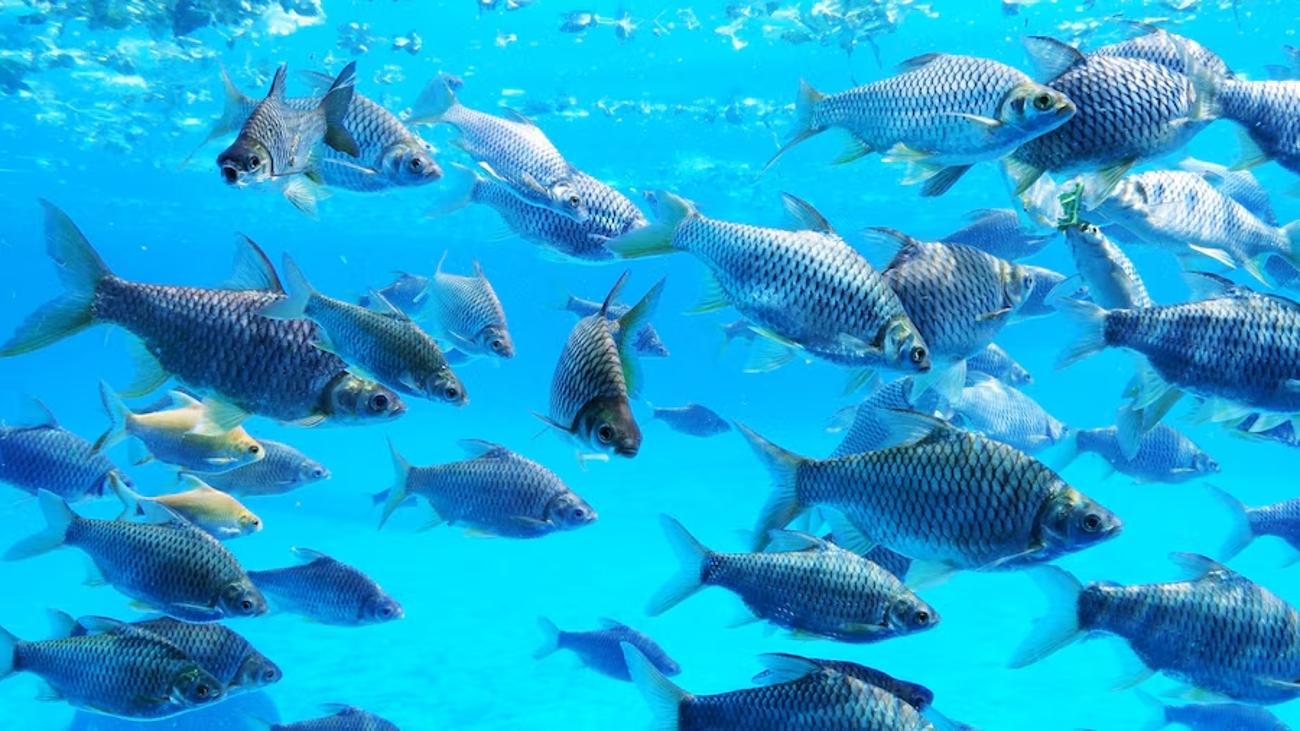
Source: Freepik
Water contains far less oxygen than air, but it’s still there and absolutely necessary. So when outside forces diminish the oxygen levels, fish can die by the hundreds or even the thousands.
How Does Oxygen Decrease in a Lake?
Now, the next logical question is, of course, how can oxygen levels decrease so significantly in lakes that entire schools of fish drop dead?
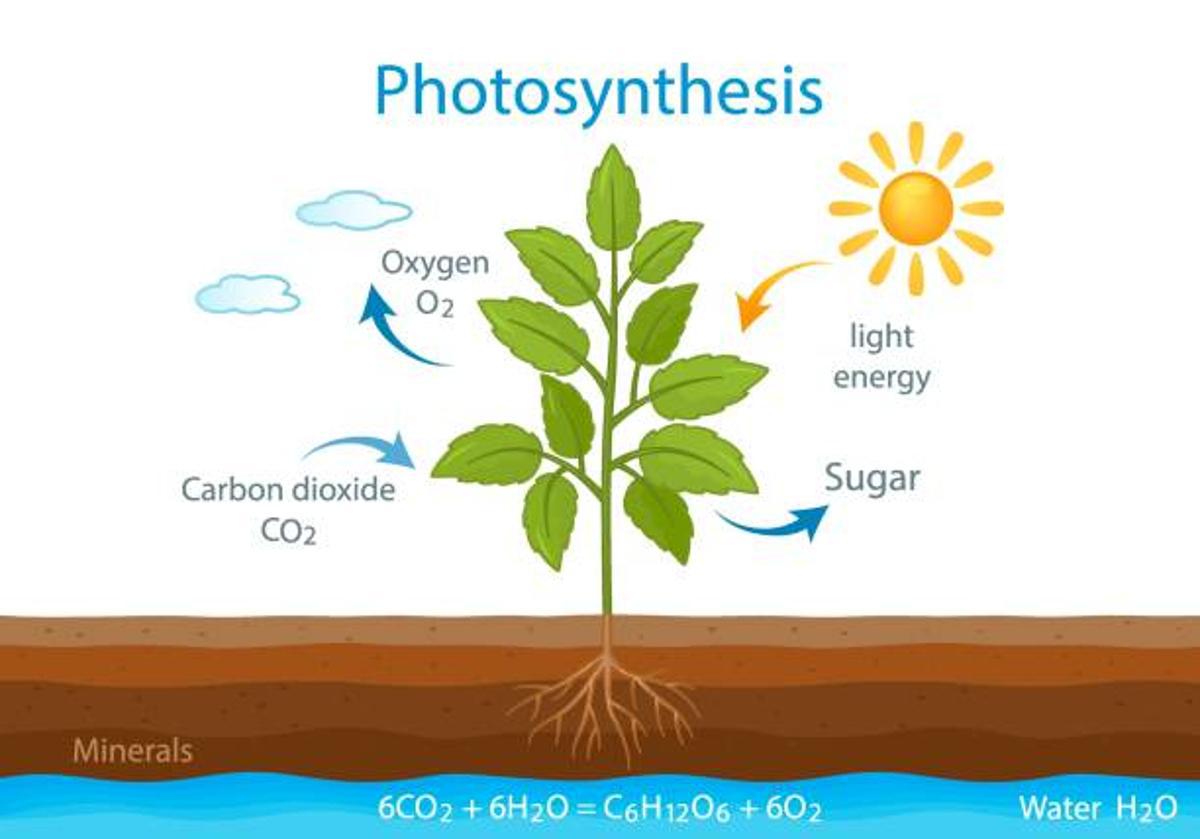
Source: iStock
A lake, like any ecosystem, has many moving parts that ensure it functions properly. In this case, the algae that naturally occurs in the water use photosynthesis to produce oxygen, just like every other plant. However, if there is an excessive amount of algae, warm water temperatures, or a decrease in sunlight, algae essentially run out of nutrients and release far oxygen into the water.
Excess Algae Can Be a Big Problem
While all bodies of water need some algae to thrive, an excess of the plant can cause quite a mess. A rapid increase in algae is known as an algae bloom, which, according to the LESJWA, can lead “to bacterial decomposition and lower oxygen in the lake and suffocating the fish.”
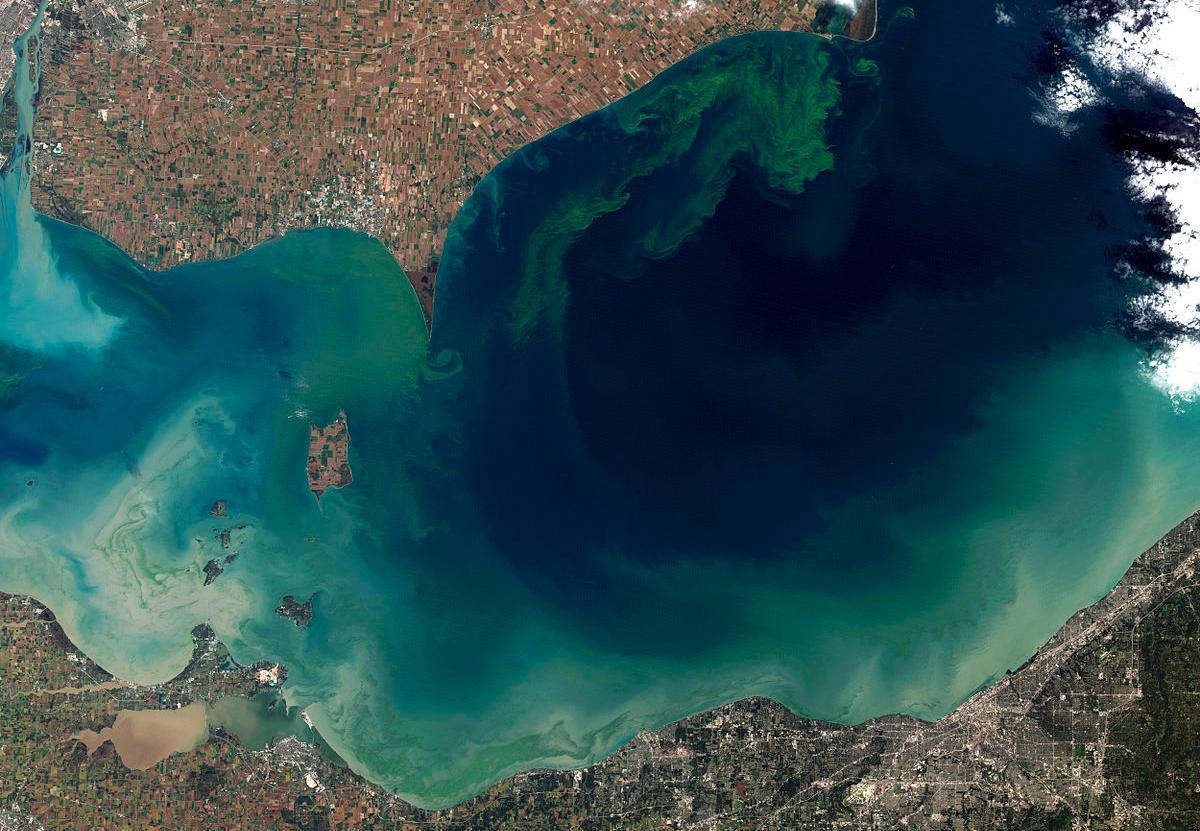
Source: Wikipedia
And the Canyon Lake reservoir is extremely susceptible to algae blooms because of where it is located at the end of a watershed.
Why Are Algae Blooms Dangerous?
To summarize, the officials at LESJWA are worried that the dead fish at Canyon Lake may signify an unseen algae bloom. Which is something they need to address as quickly as possible to ensure the water remains safe to drink.
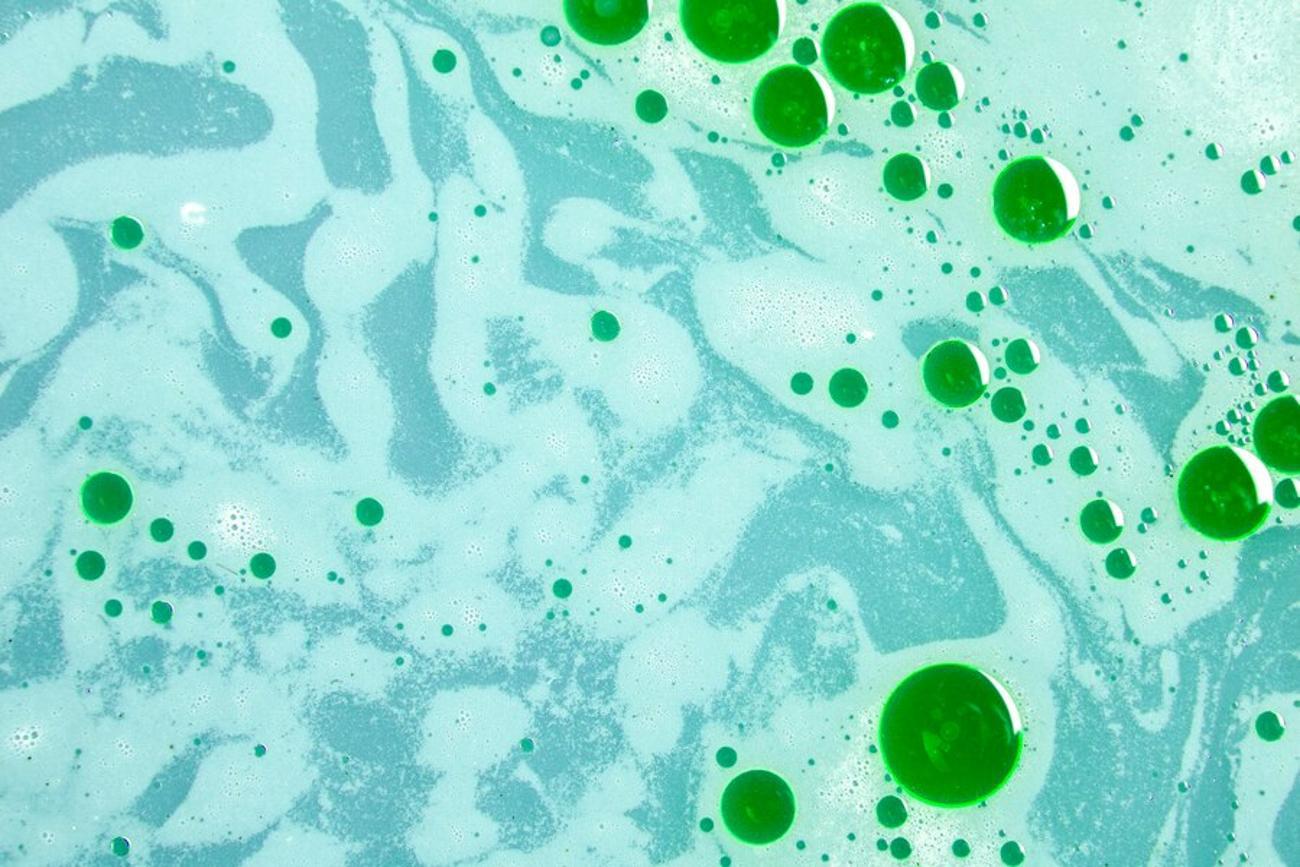
Source: Freepik
As mentioned, algae blooms release bacteria and other harmful toxins into the water that can cause illness, both mundane and severe, to those who drink it.
LESJWA Adds Alum to Canyon Lake Regularly
To combat the fact that Canyon Lake’s specific location makes it especially susceptible to algae blooms, the LESJWA regularly adds alum to the water.
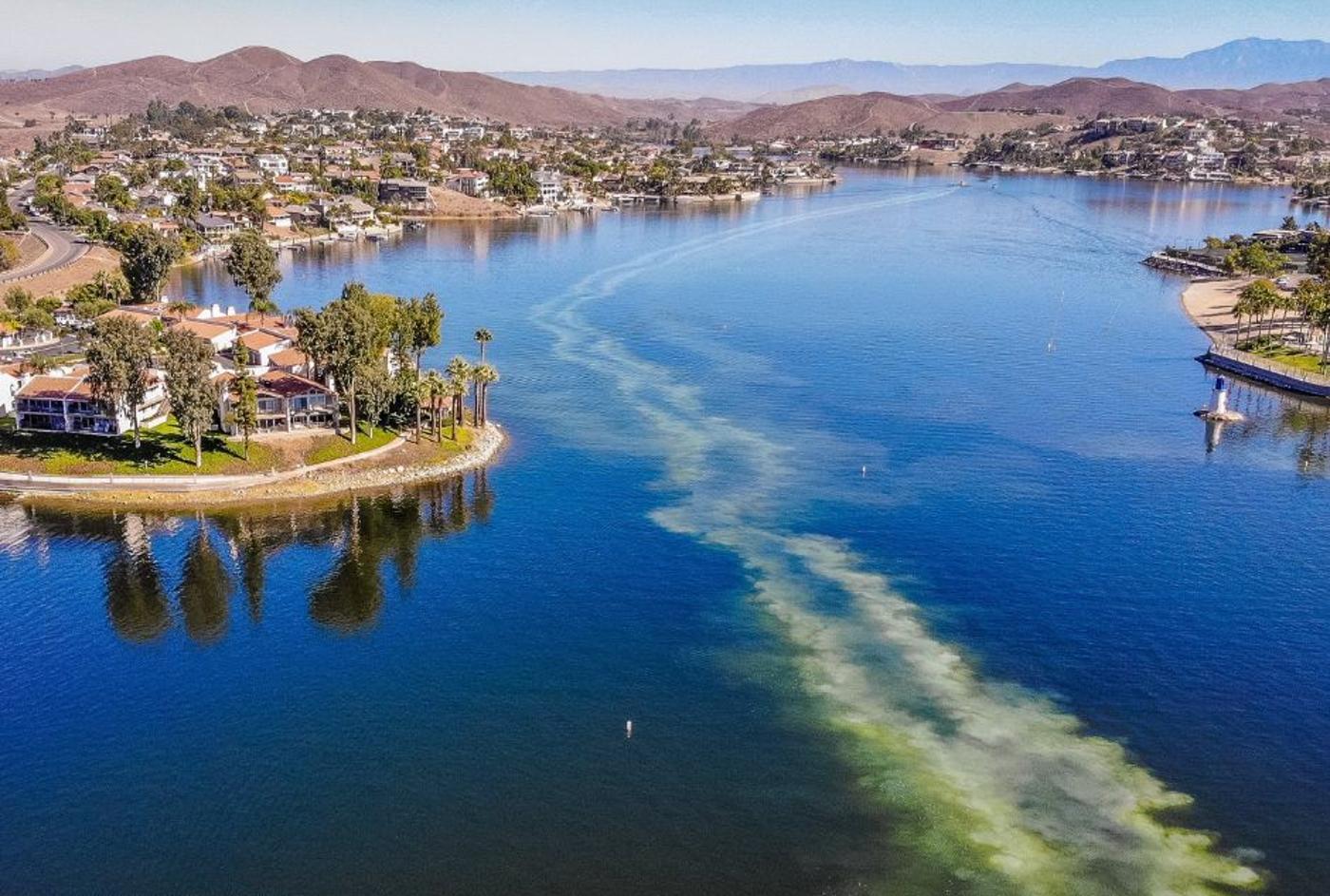
Source: @LESJWA/Facebook
As the organization explained, “By adding alum to the water, it immediately binds to the phosphorus, causing it to neutralize and become inactive. The alum process was chosen as a means to improve lake quality due to its proven effectiveness in lakes throughout the country.”
Alum Is Helpful, But They Still Need to Find Out the Source of the Fish Die-Off
They continued, “LESJWA has been responsible for organizing the alum treatments, which have proven to be successful in minimizing algae growth.”
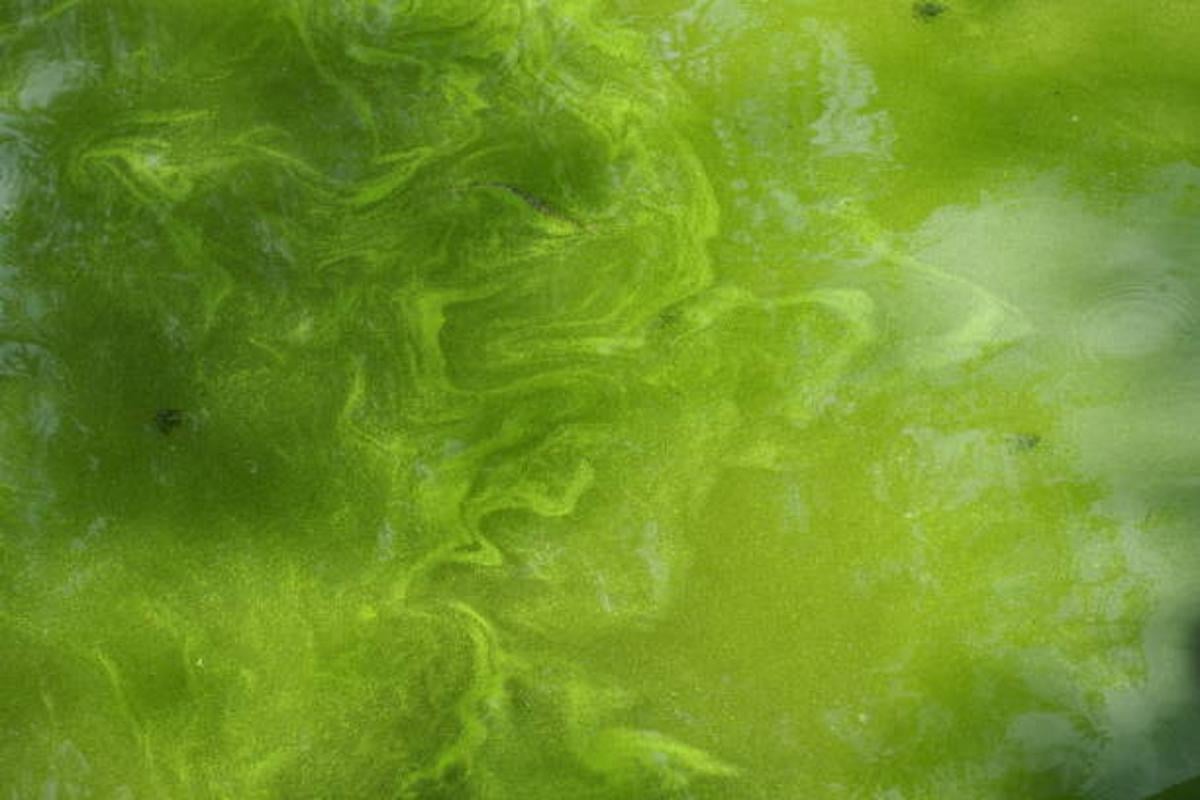
Source: iStock
However, that doesn’t mean they’re just going to add more alum to Canyon Lake and move on. They still need to figure out exactly why these fish are dying; even though they believe it is an algae bloom, they don’t yet know for sure.
The Drinking Water in Canyon Lake Is Still Safe
While the investigation continues, LESJWA has announced that the drinking water around Canyon Lake is still absolutely safe to ingest.

Source: Freepik
But those who live in the area should monitor the organization’s announcements in the coming weeks to ensure that this remains true.
The EPA Recommends Using a Water Filter
This story certainly makes one think about their own drinking water and whether or not it’s safe to drink. But the EPA wants Americans to understand that they do everything in their power to remove all bacteria and toxins before it reaches their sinks.
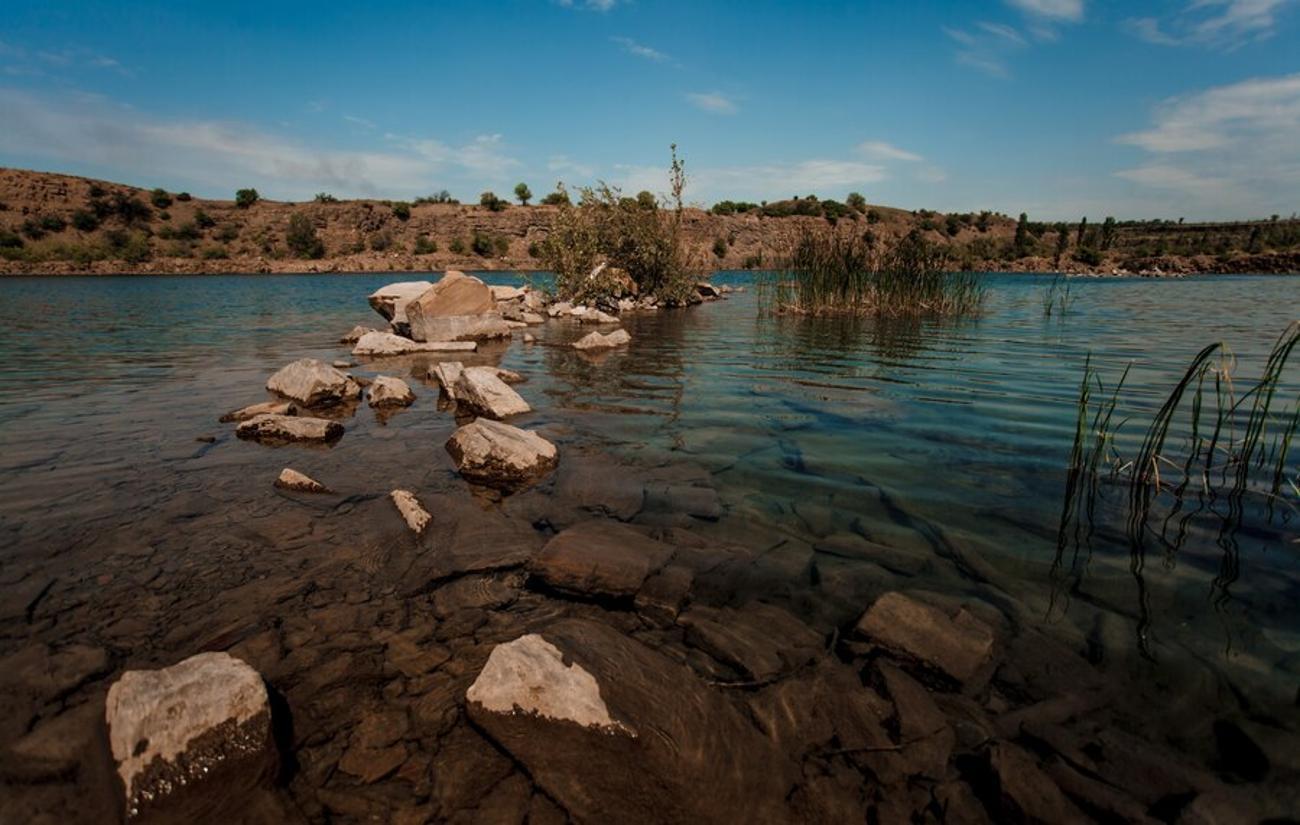
Source: Freepik
That being said, the EPA has also said that investing in a home filtration system or even using a simple water filter is never a bad idea. In fact, they recommend it.
